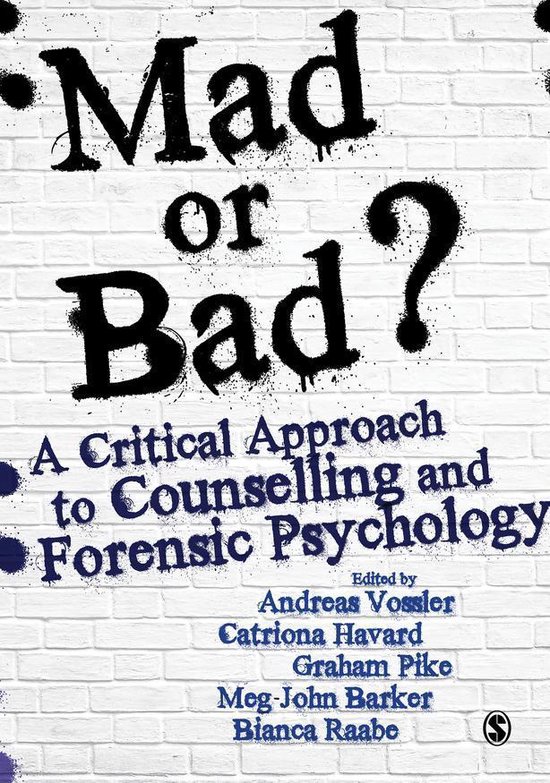DD310
TMA 02
Critically discuss the role of the socio-cultural issues of race, gender, age, and class in the
case study.
Socio-cultural factors, including race, class, age and gender are some of society’s existing
systems that influence our choices and identity. While some of these factors are
dichotomous as you are either rich or poor; young or old, others like race or gender are not
so straightforward. As a result, a person’s agency, identity and mental health are shaped by
each socio-cultural factor and its intersection. For example, a large number of people from
Black Asian and Minority Ethnic (BAME) groups experience more disadvantage both in the
mental health and criminal justice sectors due to several aspects of inequality, which they
experience from several socio-cultural factors (Sewell, 2017, p. 69). This essay will critically
apply the relevance of race, gender, age and class in Ronald’s case study and how each
socio-cultural factor intersect with one another.
Within the criminal justice system (CJS), Black people are highly over-represented (Sewell,
2017). The 2013/14 statistics in England and Wales on ethnicity and race revealed that 13%
of Black people were remanded in custody, despite accounting for 3% of the population; stop
and searches were more likely to be carried on Black people than other groups; and Black
people were three times more likely to be arrested and prosecuted than White/Chinese and
other groups (Ministry of Justice, 2015c, cited in Sewell, 2017, p. 74).
Additionally, institutional racism, (resulting from the stereotypes that BAME people are
considered more threatening and prone to violence) influences all stages of ethnic
inequalities in the CJS, specifically in ways BAME people are targeted by the police and how
they are treated within the CJS (Sewell, 2017, p. 75). These ethnic inequalities within the
CJS are echoed in Ronald’s case-study(e.g.) target of stop and searches; six-months
detention and training order; and six years prison sentence; and thus, demonstrates the
relevance of race for Ronald, and the strong stereotypical relationship between race and
criminality (Sewell, 2017, p. 74).
One-way ethnic inequality is reinforced within the CJS is the different likelihood of ethnic
groups’ encounter with Taser use by the police (The Open University, 2018). For example,
Black people are three times more likely to be involved in a Taser incident than White people
(Home Office, 2013). In 2010-14 in England and Wales, the likelihood of Black people being
tasered was 18 per 10,000 populations, whereas Asian people was 3 per 10,000 and White
people, 6 per 10,000 (Home Office, 2013). Although it is unclear whether these figures
reflect discrimination by police officers or that some ethnic groups are much more likely to be
in situations where a Taser might be used (Home Office, 2013) (i.e. Black people being
targeted by the police). Nonetheless it mirrors the over-representation of Black people and
the ethnic inequalities they experience within the CJS. Therefore, race shapes how Ronald
is seen and treated as a Black person within the CJS; and how he also sees himself.
Furthermore, Taylor et al., (1973, cited in Holman, 2017, p. 116) strongly argues that
working-class crime is over-represented in the CJS due to the way policing is organised,
class bias in the court and the cost of legal defence. Class therefore highlights the
association between several socio-economical inequalities, criminality and harsh treatments
within the CJS (Sewell, 2017, p. 68). Class is the differences in people’s occupation, levels
of income, education (Holman, 2017, p. 110), social connection (‘who you know’), and
cultural knowledge and understanding (cultural capital) (Bourdieu, 2002, cited in Holman,
2017, p. 110), which then influences one’s identity.
As a working class, Ronald has no class-related power or resources and this limitation is
reinforced by his six years prison sentence on his self-defence case. For example, a judge





